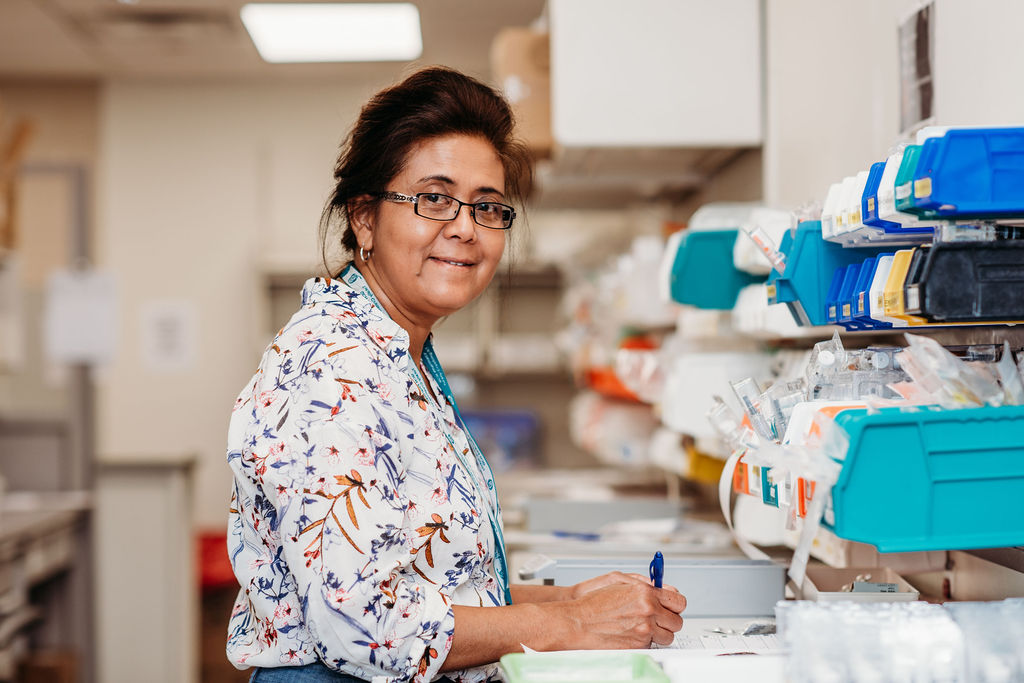
Thanks to you, we’re able to put your generous donations exactly where they’re needed most.
Here’s something many people don’t realize: while government funding helps cover hospital operations like staffing and infrastructure, it doesn’t pay for medical equipment. That’s where you—our amazing community—step in.
Because of your support, 100% of the cost of medical devices at QCH is covered by donor contributions. Your generosity helps us invest in the latest medical technologies and replace older equipment, ensuring patients get the very best care.
Here’s what you made possible last year:
Together, donors contributed over $7.8 million to support QCH Foundation priorities!
🟣 $6.5 million went toward essential medical equipment
🟣 $659,885 supported important hospital projects to improve capacity and patient care
🟣 $472,195 helped upgrade our surgical suites
🟣 $175,872 supported staff education, training, and wellness initiatives
Thanks to your generosity, here’s just some of what we were able to do:
We invested in vital medical devices and expanded services across the hospital—helping us care for more patients, more efficiently, with cutting-edge tools.
Please note: Some of the photos below are examples of the equipment, and may not show the exact model in use, depending on timing and availability.
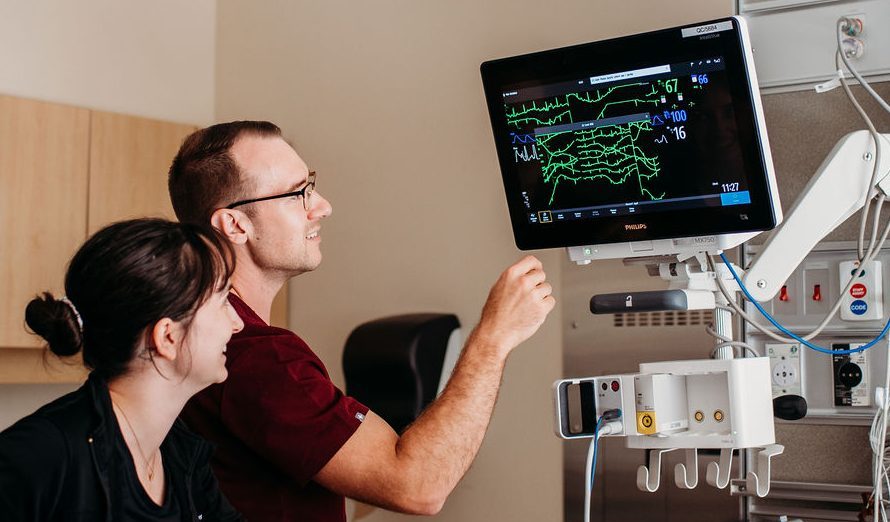
The advanced bedside monitors used at Queensway Carleton Hospital are designed to deliver continuous, real-time tracking of vital signs such as heart rate, blood pressure, oxygen saturation, and respiratory rate. These high-performance systems offer clear, comprehensive displays and smart features that help care teams spot changes quickly and respond with confidence. Their ability to integrate seamlessly with other hospital systems enhances efficiency and supports better-informed clinical decisions. With this technology at the bedside, patients receive safer, more responsive care every step of the way.
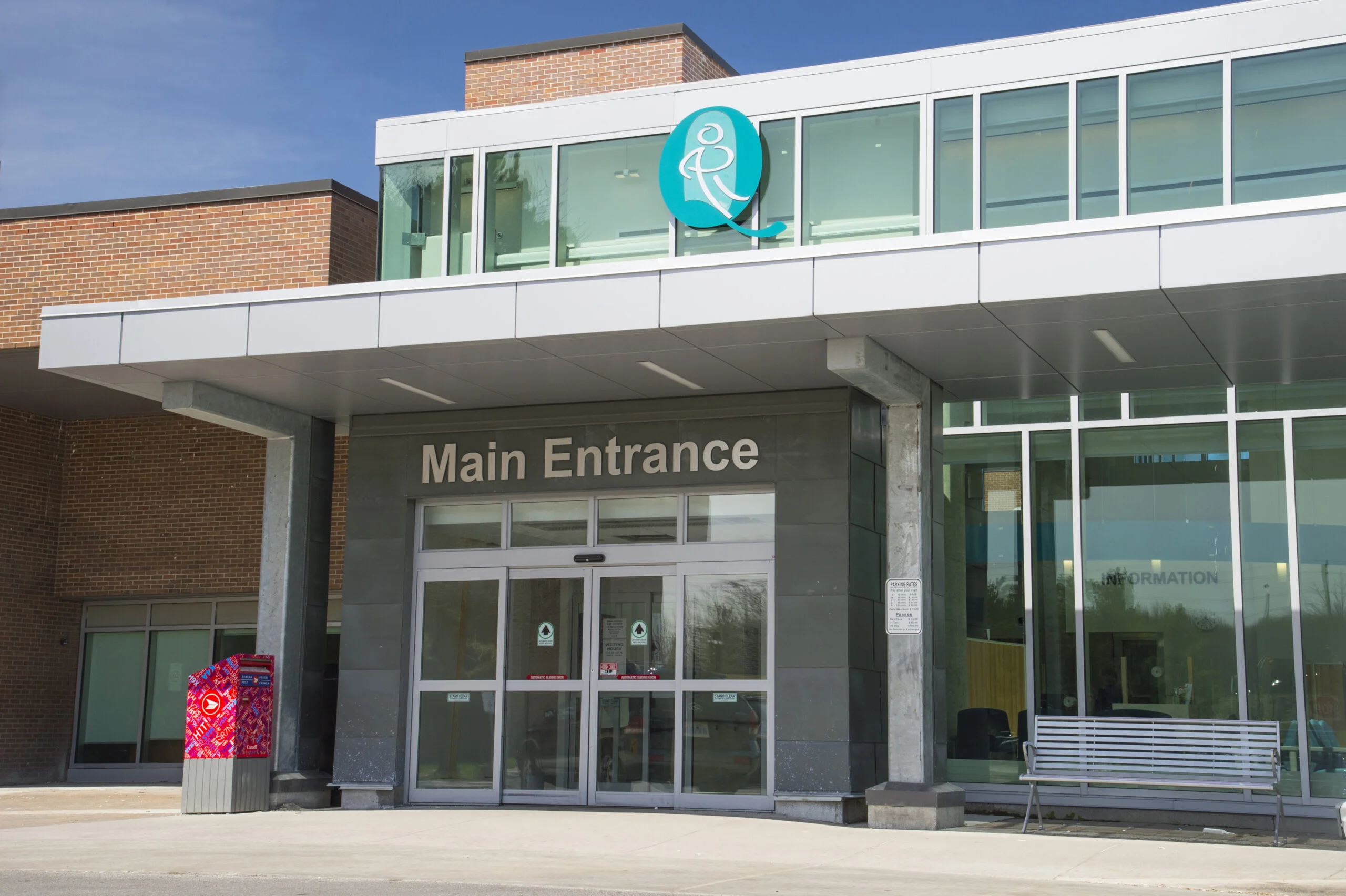
A portion of the funds were designated towards the B2 Renovation Project. In an effort to improve patient flow from our ED, QCH converted the Diagnostic Imaging waiting room into a new short-stay unit with 15 new bed bays, called B2. By leveraging this space it reduces the number of people staying overnight in the ED by 15 per night.
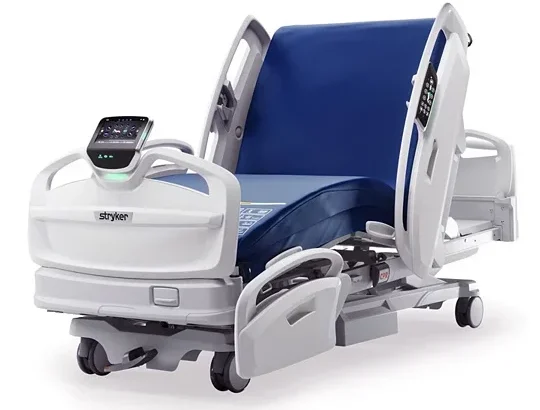
The patient beds are designed for comfort and durability, often covered with easy-clean vinyl for hygiene maintenance. One of the key features of hospital beds is their ability to be adjusted, allowing patients or caregivers to raise the head and foot sections independently.
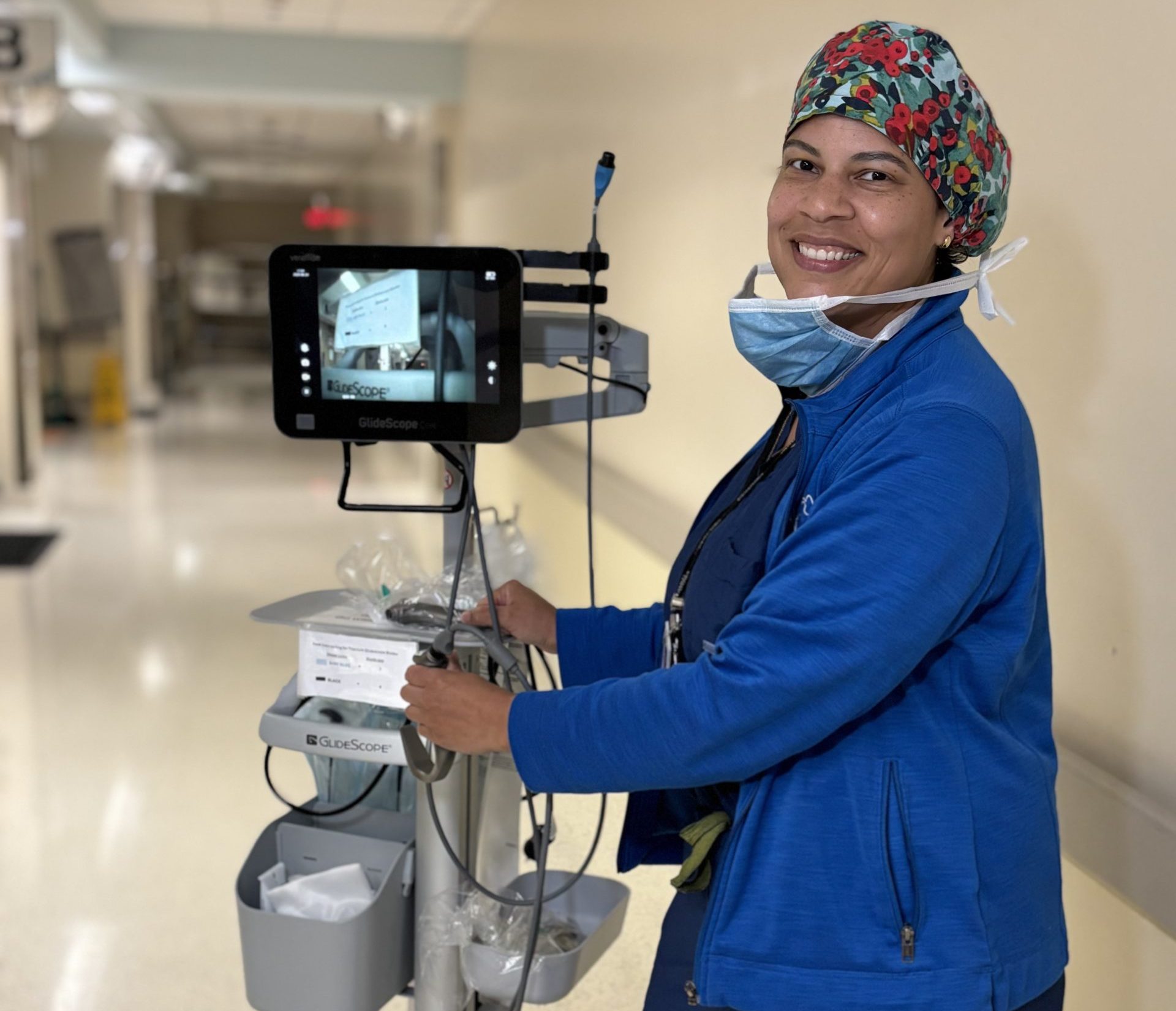
The QCH BioMed team successfully completed the final phase of the OR Technology and Facility Upgrade Project. The project wrapped up with the installation of a second set of surgical lights and articulating arms – along with new video equipment.
Key updates to this $2.5 million renovation included new surgical lights, flooring and smart software ensuring seamless connectivity with 4k technology.
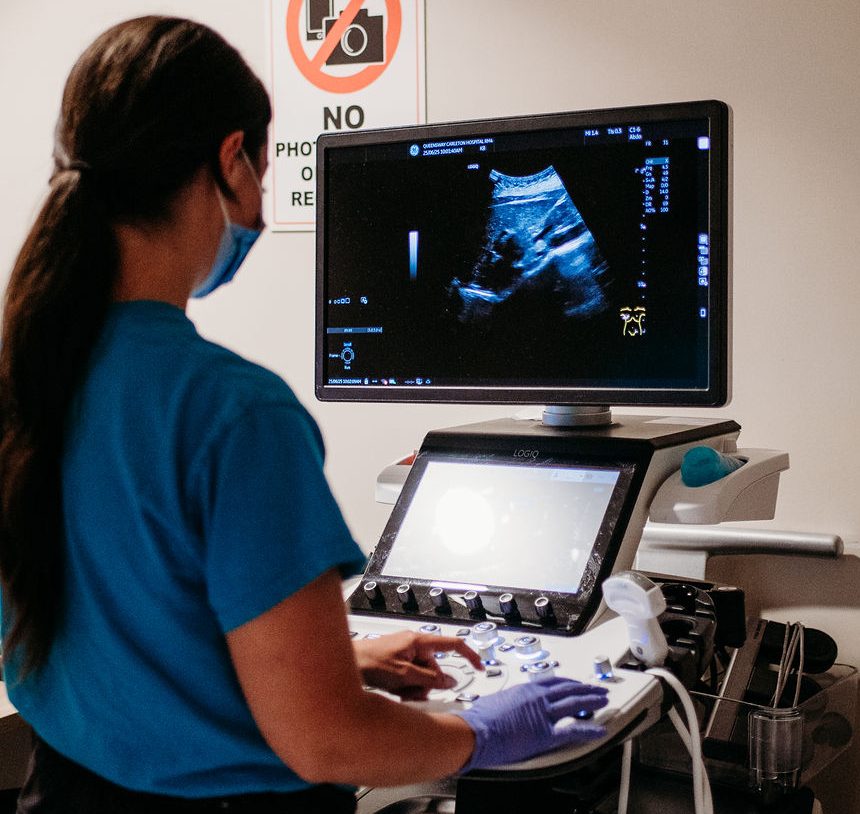
Ultrasound is a key tool in hospitals because it uses sound waves to create real-time images of the inside of the body—no surgery needed. It’s especially useful for monitoring pregnancy, checking organs like the gallbladder, and guiding procedures like biopsies. Thanks to its versatility and accuracy, ultrasound helps doctors diagnose and treat patients more effectively and safely.
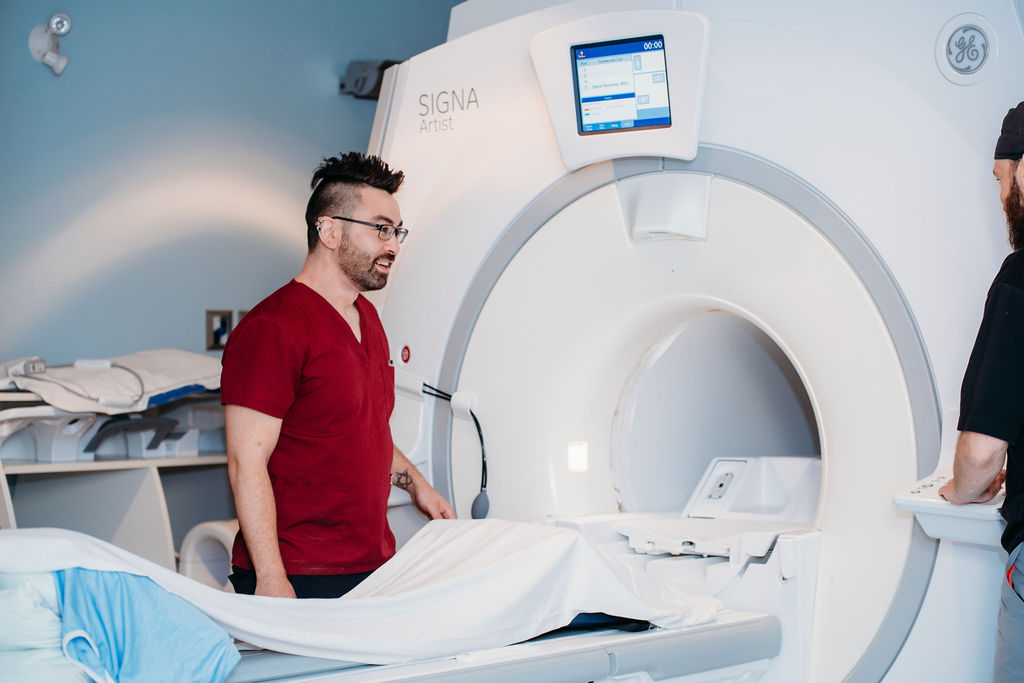
MRI technology uses powerful magnets and advanced imaging to create detailed, high-resolution pictures of the inside of the body, helping doctors detect and diagnose a wide range of conditions with greater accuracy. QCH’s recent MRI upgrade brings faster scan times, more comfortable patient experiences, and AI-powered imaging that supports earlier, more precise diagnoses. By modernizing existing components instead of replacing the entire system, QCH delivered cutting-edge care with less downtime, lower costs, and a strong commitment to sustainability and patient outcomes.
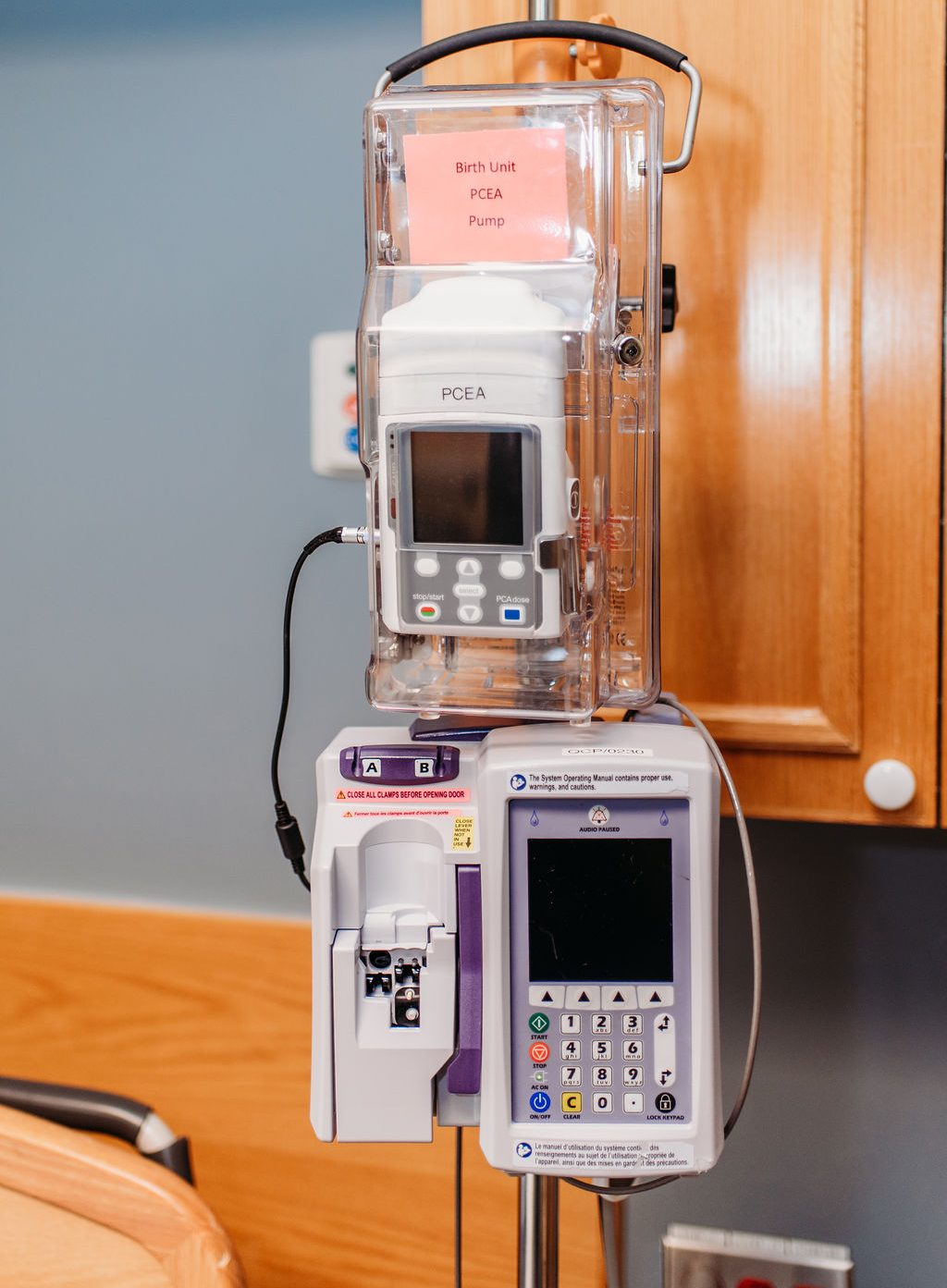
A CADD pump is a small, programmable device that delivers medication to patients continuously and accurately, ensuring they receive the right dose at the right time—whether in the hospital or at home. It has built-in safety features and allows healthcare teams to monitor and adjust treatment as needed, improving both comfort and care. Upgrading to newer pumps means better reliability, easier use for staff across departments, and a smoother experience for patients, all made possible through the generous support of community donors.
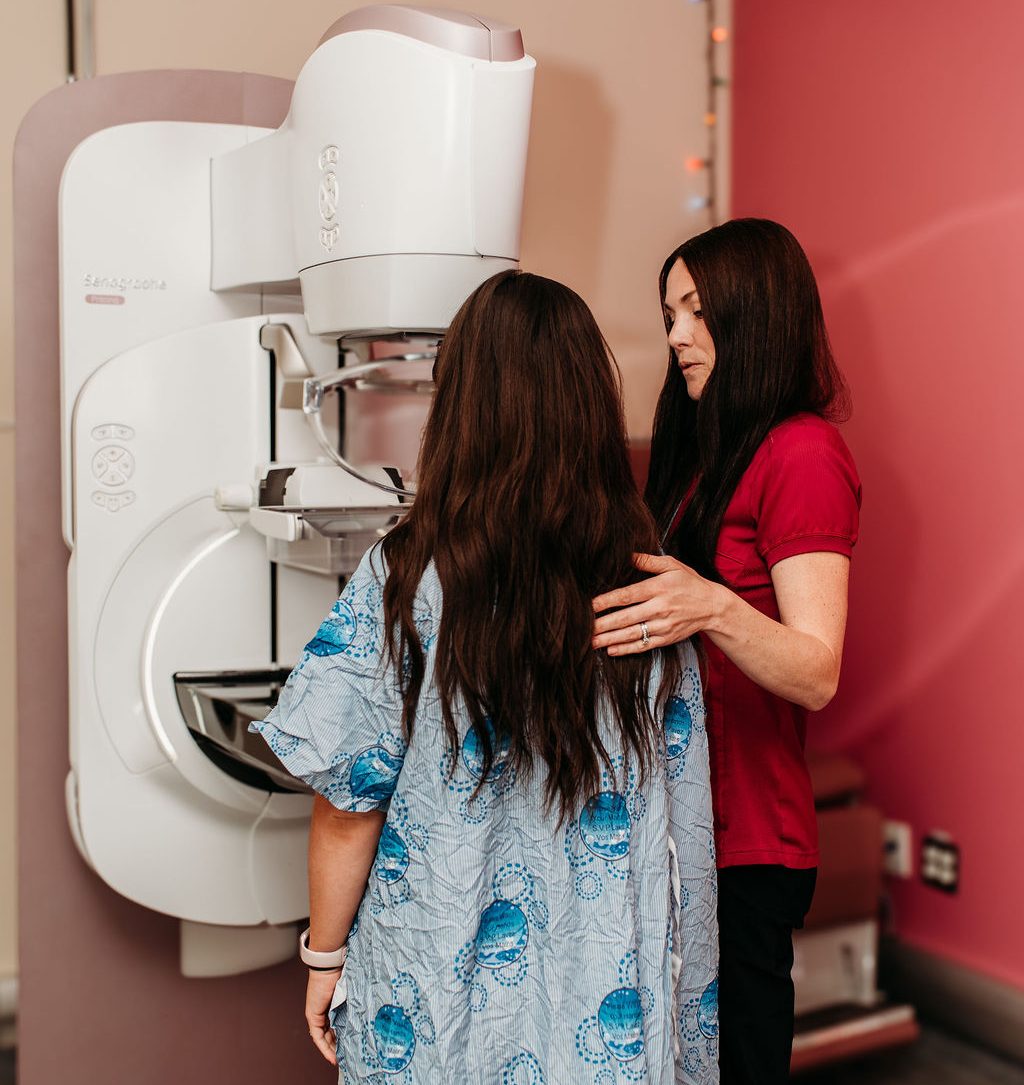
Upgrading mammogram technology at Queensway Carleton Hospital means clearer, faster, and more accurate breast imaging for patients. The new equipment offers improved comfort during scans and enhanced image quality, helping doctors detect abnormalities earlier. With advanced technology in place, patients benefit from quicker results and more confident diagnoses, supporting better outcomes and peace of mind.
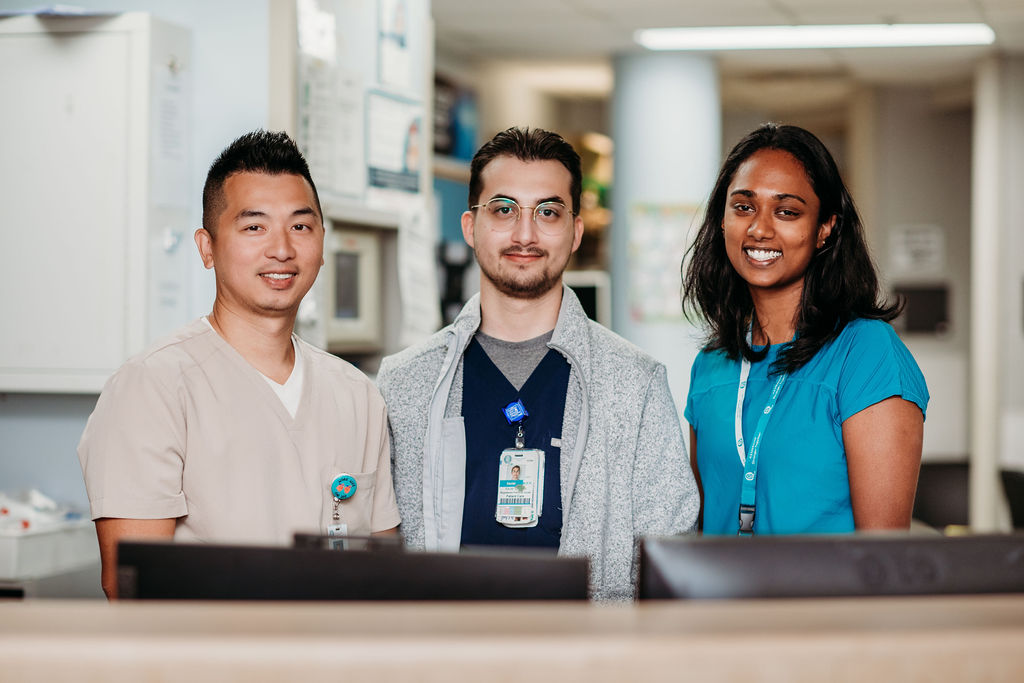
At Queensway Carleton Hospital, we believe that investing in our team is just as important as investing in medical equipment. Continuous learning helps our healthcare professionals stay up-to-date with the latest medical advancements and best practices, ensuring that every patient receives the highest quality care possible. From specialized workshops to ongoing professional development courses, these investments empower our team to grow their skills and expertise.

A C-arm is an advanced medical imaging device that uses X-ray technology to provide real-time, high-resolution images during various surgical and diagnostic procedures. It is named after its distinctive C-shaped arm, which connects the X-ray source and detector. The C-arm is crucial in orthopedic, urology, gastroenterology, cardiac, and emergency procedures. Its fluoroscopy capabilities allow surgeons to view detailed anatomical structures and monitor the precise positioning of implants and instruments during surgery that lead to more accurate procedures and better patient outcomes. The mobility and flexibility of the C-arm enable imaging from multiple angles, enhancing its use in a wide range of medical settings.
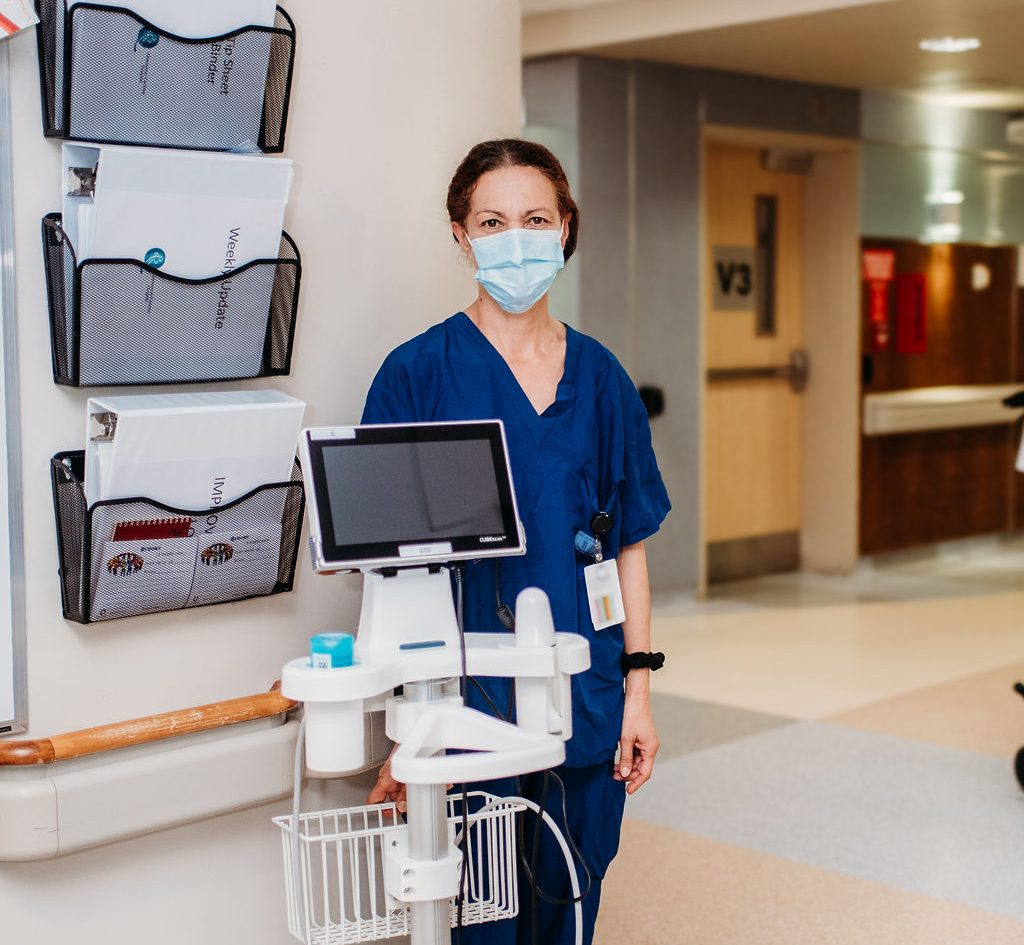
A bladder scanner is a noninvasive, portable device used to measure ultrasonic reflections within the body to accurately identify and assess the urinary bladder. It is essential in diagnosing, managing, and treating urinary outflow dysfunction. Bladder scanners are highly beneficial within the hospital as they help determine the need for catheterization, reduce unnecessary catheter placements, and provide quick measurements of postvoid residual (PVR) and bladder capacity, improving patient care and comfort.
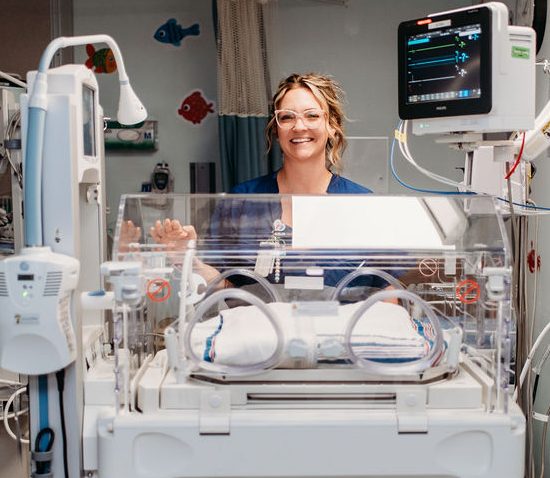
An infant incubator is a specialized medical device that provides a warm, controlled environment for newborns who need extra support. It helps regulate temperature, humidity, and oxygen levels, creating a safe space for growth and recovery. By protecting fragile infants from infection and external stress, incubators play a vital role in supporting healthy development.

An infant resuscitaire, also known as a warmer, is a crucial device used during labor and delivery to provide immediate support to newborns. It combines a warming platform with essential tools for emergency care and resuscitation. This standing device is used by healthcare professionals to assist babies who need extra support with breathing after birth. It helps manage the transition from fetal to independent breathing by providing warmth and, if necessary, aiding in resuscitation. The resuscitaire ensures that newborns receive the appropriate care to help them start breathing effectively and safely after delivery, making these devices invaluable within the hospital.
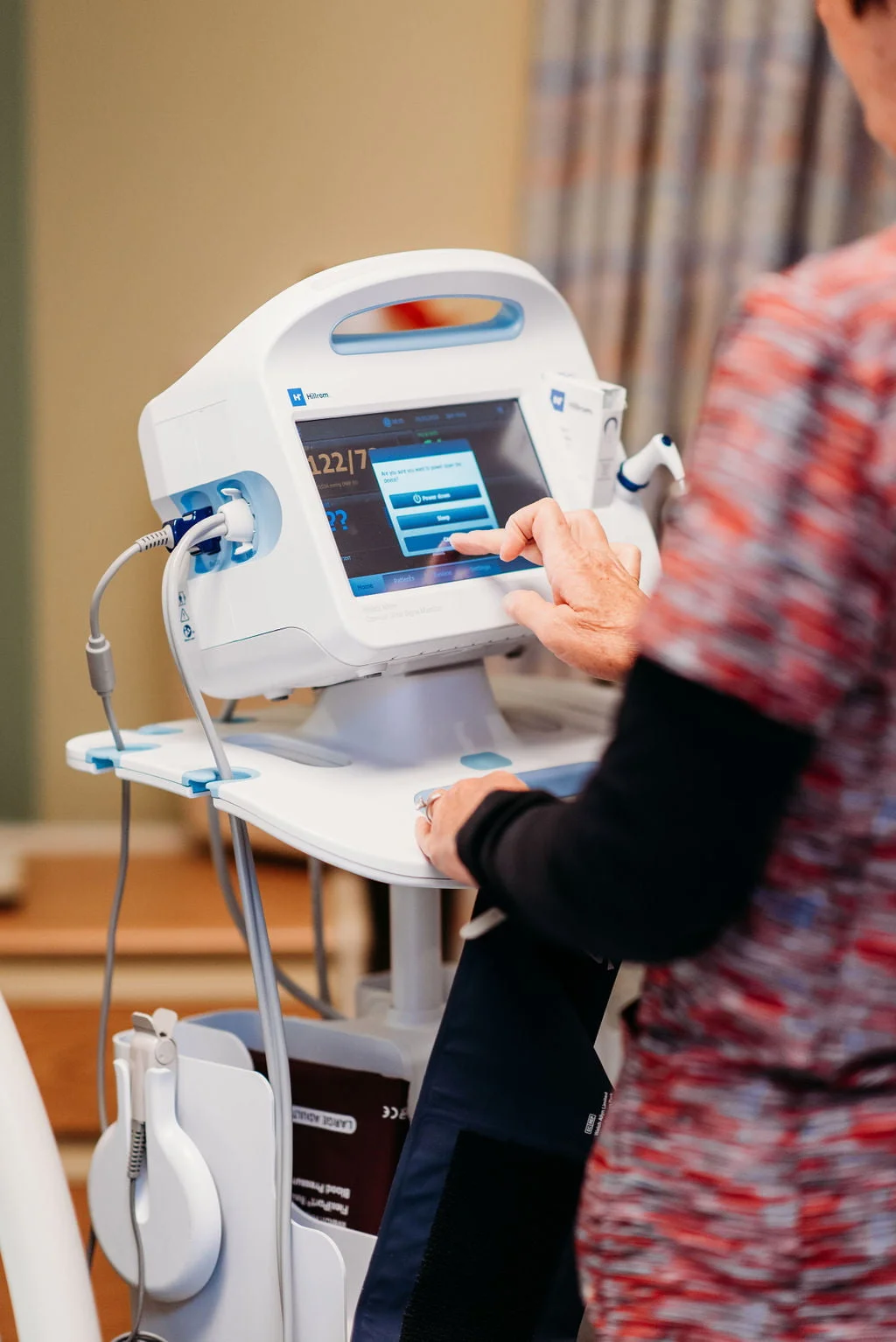
Vital sign monitors continuously track important aspects of a patient’s health. They keep an eye on things like breathing rate, oxygen levels, heart rate, blood pressure, and temperature. By giving real-time updates on these vital signs, medical staff can closely monitor a patient’s condition and be notified of any changes, allowing for timely intervention.
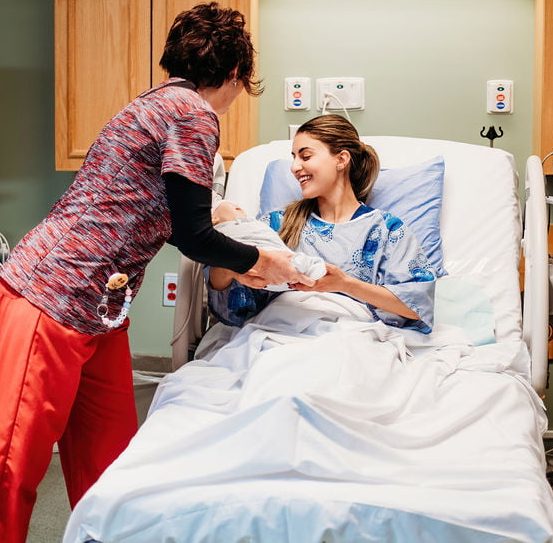
Birthing beds are specialized medical beds designed to provide comfort, flexibility, and safety during the labor and delivery process. These beds offer a mom a variety of options for birthing positions including upright, reclined, or semi-reclined. By providing a range of positioning options, birthing beds can aid in pain management and advance labor progression, ensuring a smoother and more comfortable birthing experience for mothers.
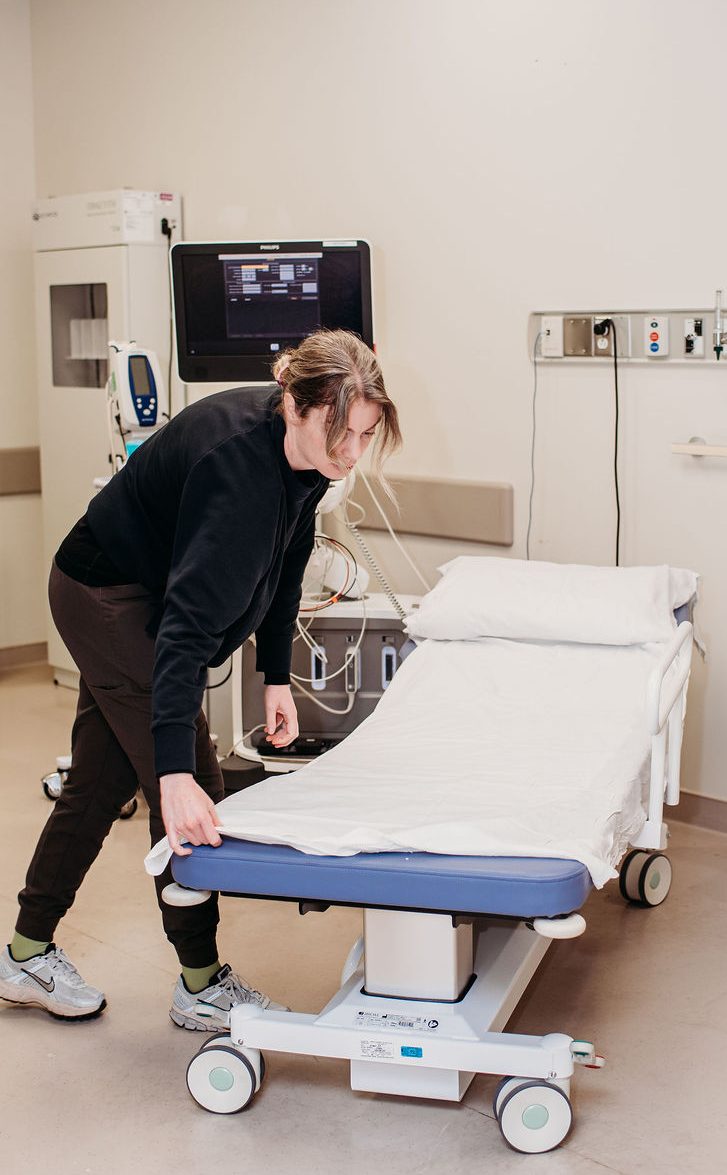
A stretcher is a vital piece of hospital equipment used to safely transport patients throughout their care journey, from emergency rooms to diagnostic testing or surgery. It provides comfort, stability, and mobility for patients who are unable to move on their own. By allowing for safe and efficient movement, stretchers help ensure timely care and reduce the risk of injury for both patients and healthcare staff.
